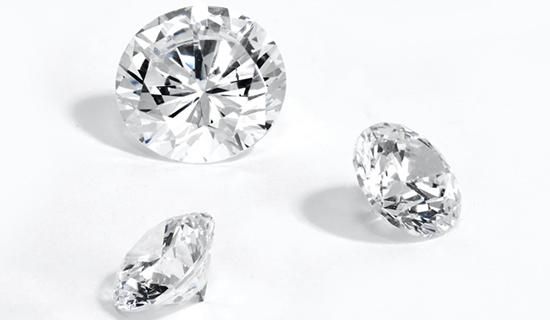Diamonds have long been a symbol of luxury and beauty. They are not only a girl’s best friend but also a remarkable geological wonder. The traditional diamonds, which are mined from the Earth, have been the standard for engagement rings, jewelry, and investment for decades. However, lab diamonds have gained popularity in recent years as a more ethical and sustainable alternative. In this article, we will delve into the world of diamond shapes, with a specific focus on lab diamonds, to explore their pros and cons.
Lab Diamonds: A Sustainable Alternative
Lab diamonds, also known as synthetic or cultured diamonds, are created in a controlled laboratory environment using advanced technological processes that replicate the conditions under which natural diamonds form deep within the Earth. These diamonds are celebrated for their ethical and environmental advantages.
Pros:
- Ethical Sourcing: Lab diamonds are entirely conflict-free. Unlike their mined counterparts, there are no concerns about “blood diamonds,” which have been associated with human rights abuses in some regions.
- Environmental Impact: The process of creating lab diamonds typically has a lower environmental footprint compared to traditional diamond mining. This means reduced habitat disruption and a smaller carbon footprint.
- Cost-Effective: Lab diamonds are often more affordable than their natural counterparts, making high-quality diamond jewelry more accessible.
- Customization: Lab-grown diamonds can be easily tailored to specific shapes and sizes, providing more versatility in jewelry design.
Cons:
- Perceived Value: Some consumers still perceive lab diamonds as less valuable or “real” than natural diamonds, which may affect their desirability.
- Limited Availability of Shapes: While lab diamonds can be customized, there may be fewer shape options compared to mined diamonds.
Diamond Shapes: Aesthetic and Personal Preferences
The shape of a diamond plays a crucial role in determining its aesthetic appeal. Diamonds come in various shapes, with each offering its unique charm. Let’s explore some popular diamond shapes:
- Round: The classic round diamond is timeless and has maximum brilliance. It’s an excellent choice for those who value tradition and versatility.
- Princess: With sharp corners and a square shape, princess-cut diamonds are known for their modern and bold appearance.
- Emerald: Emerald-cut diamonds have a rectangular shape with step-cut facets, creating a vintage and elegant look.
- Oval: Oval diamonds offer a similar brilliance to round diamonds but with a unique and elongated shape that can make the fingers appear slimmer.
- Marquise: The marquise shape is characterized by an elongated, pointed oval with tapered ends, providing a distinct and regal appearance.
- Heart: Heart-shaped diamonds symbolize love and romance, making them a popular choice for engagement rings.
- Cushion: Cushion-cut diamonds have a square or rectangular shape with rounded corners, combining classic and modern elements.
Diamond Shapes Pros and Cons
When it comes to diamond shapes, it’s essential to consider your personal preferences and style. Each shape has its own set of pros and cons, which can influence your choice:
Pros:
- Aesthetic Appeal: Different shapes offer a variety of aesthetics, allowing you to choose a shape that resonates with your style and personality.
- Brilliance: Round diamonds, for instance, are known for their exceptional brilliance, while other shapes may have unique visual features.
- Symbolism: Some shapes, like the heart, carry special symbolism, making them ideal for sentimental occasions.
Cons:
- Price: The cost of a diamond can vary based on its shape, with round diamonds often being more expensive due to the amount of raw material wasted during cutting.
- Personal Preference: What one person finds beautiful, another might not. It’s essential to choose a shape that resonates with you personally.
In conclusion, the choice between natural and lab diamonds, as well as the preferred shape of a diamond, involves a consideration of various factors. Lab diamonds offer ethical and environmental benefits but may still face perceptions of lesser value. Meanwhile, diamond shapes provide a wide array of options to match individual tastes and styles. Ultimately, the decision should be guided by your values, budget, and personal preferences.
Whether you opt for a traditional mined diamond or choose a lab-grown diamond, and whether you favor the timeless brilliance of a round diamond or the modern elegance of an emerald shape, your choice of diamonds will forever symbolize your unique story and love. Diamonds, in all their shapes and forms, continue to be cherished for their enduring beauty and significance.


